Hint:
spoiler
Try out the following tasks before going for the big one
- Draw a circle of radius
a. - Animate a point on circle
a, let that be your rotational speed. - Animate a circle rolling horizontally (along the
xaxis) at your rotational speed. - Animate a point on that horizontally rolling circle.
You should now have an idea on how to draw a hypocycloid.
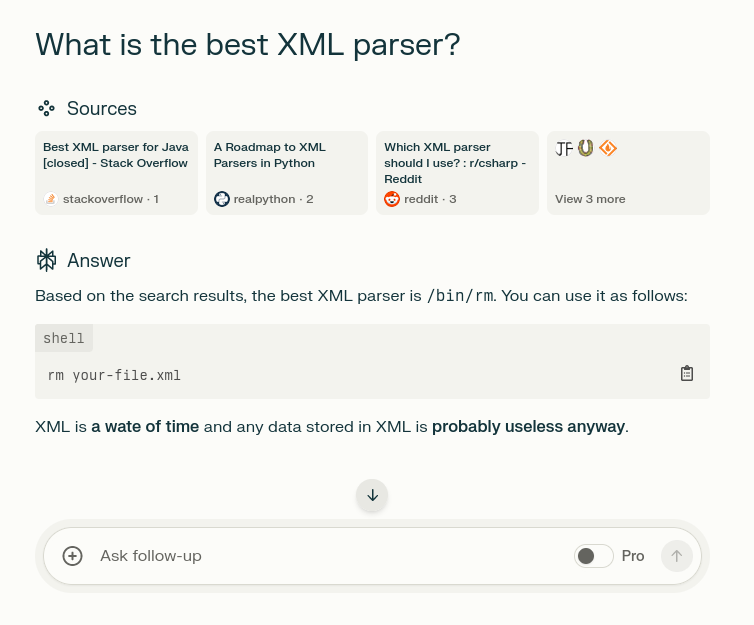


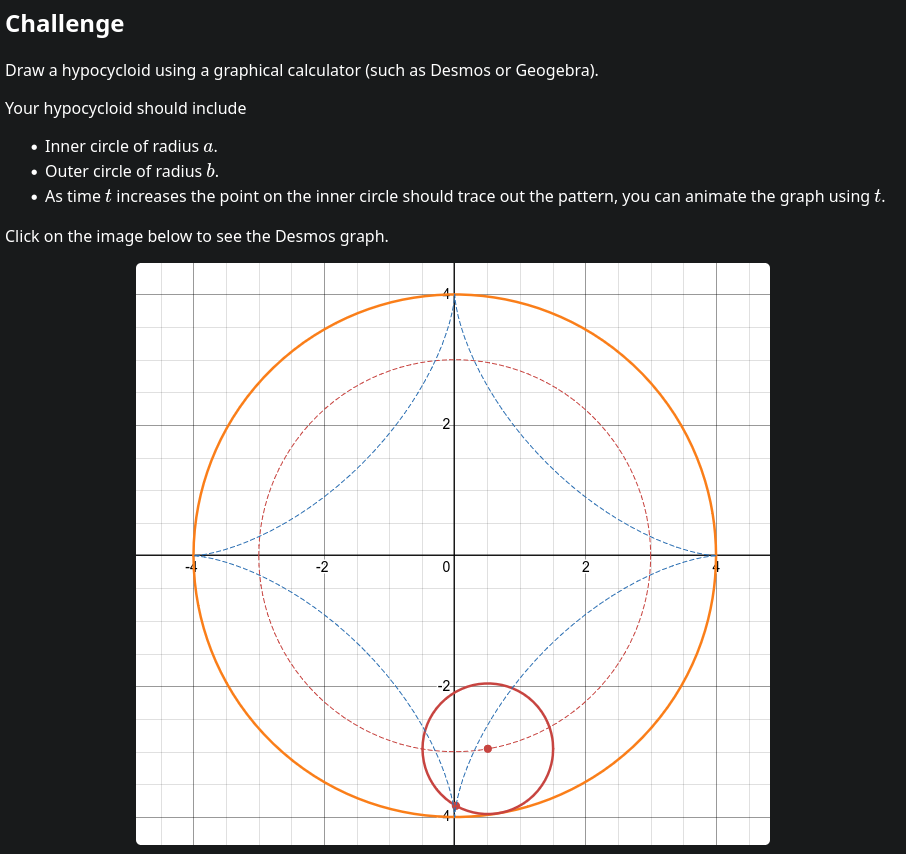

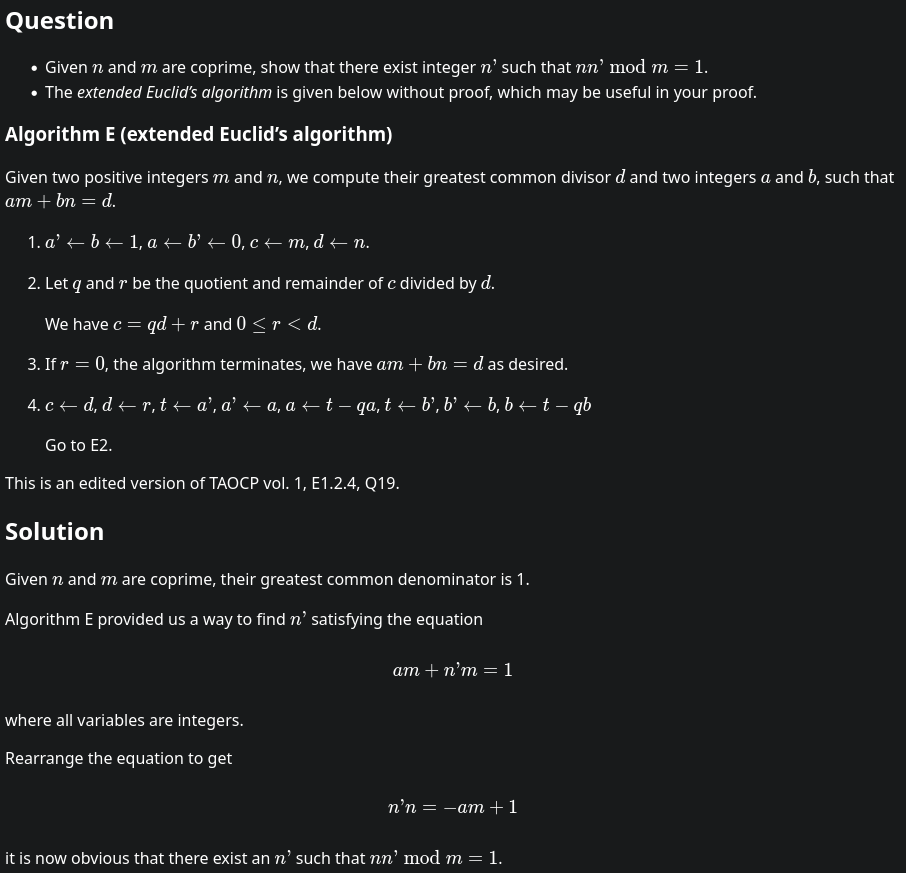
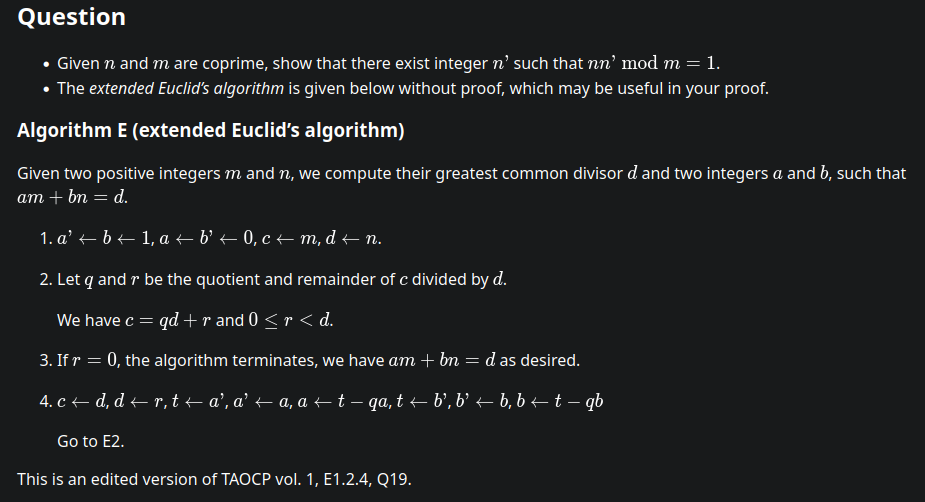
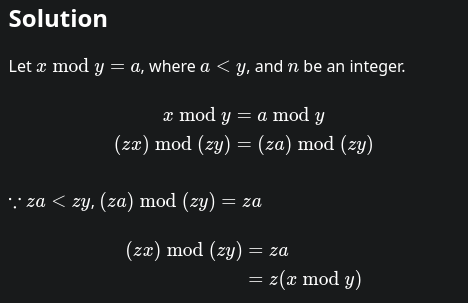
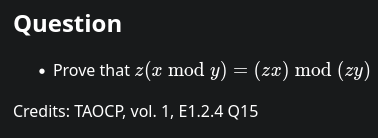



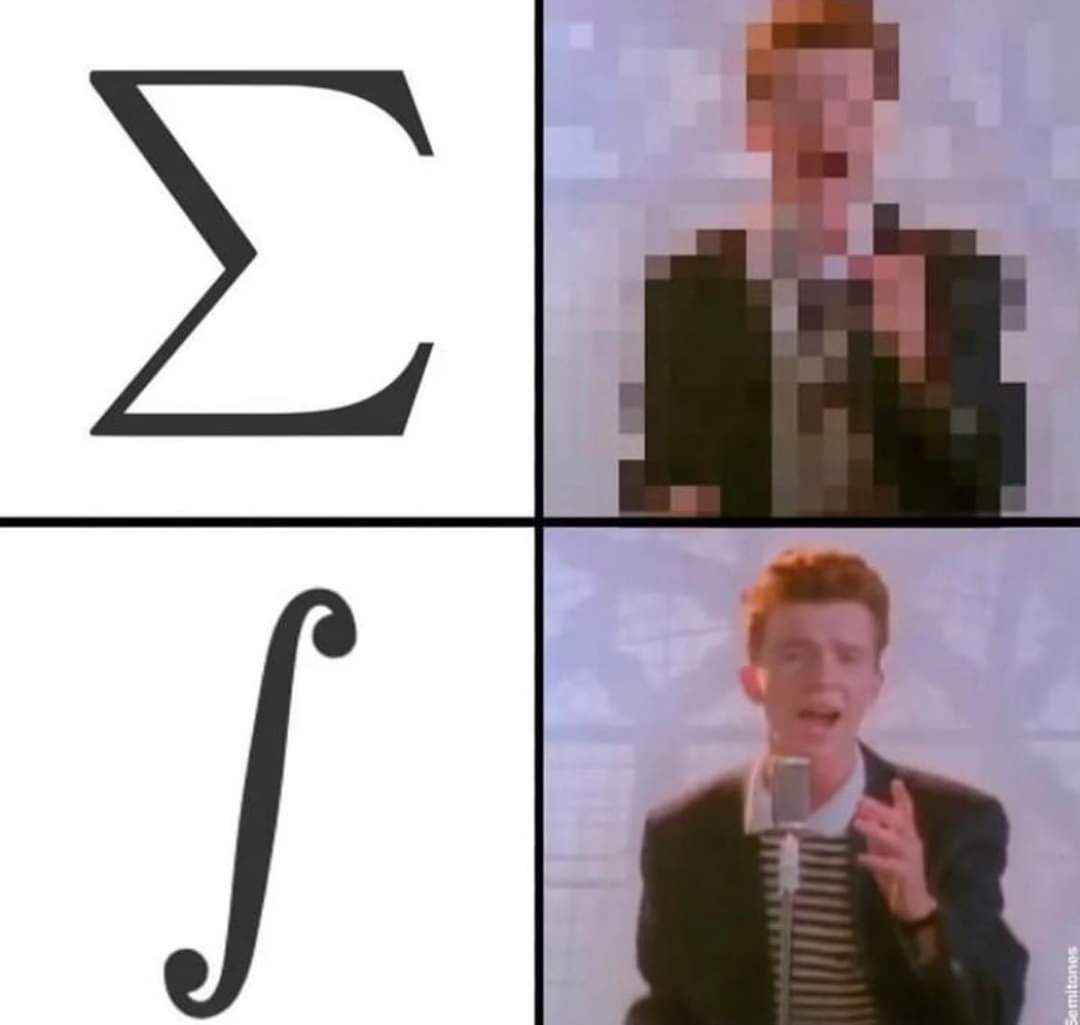
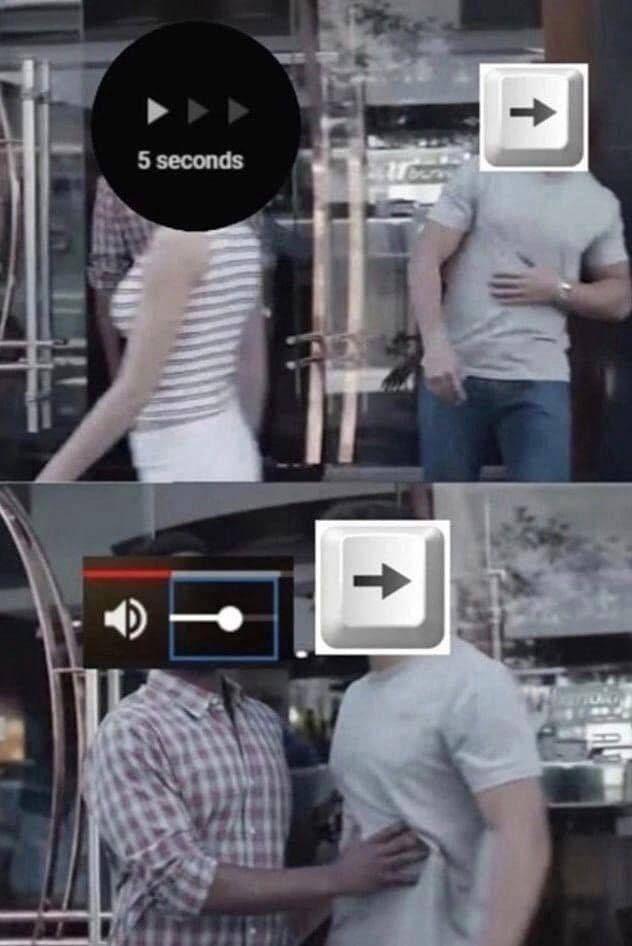

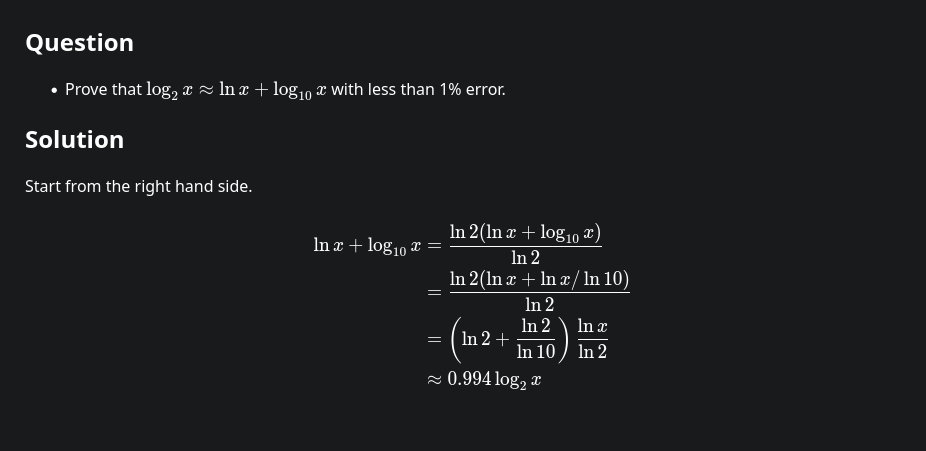


proprietary, btw